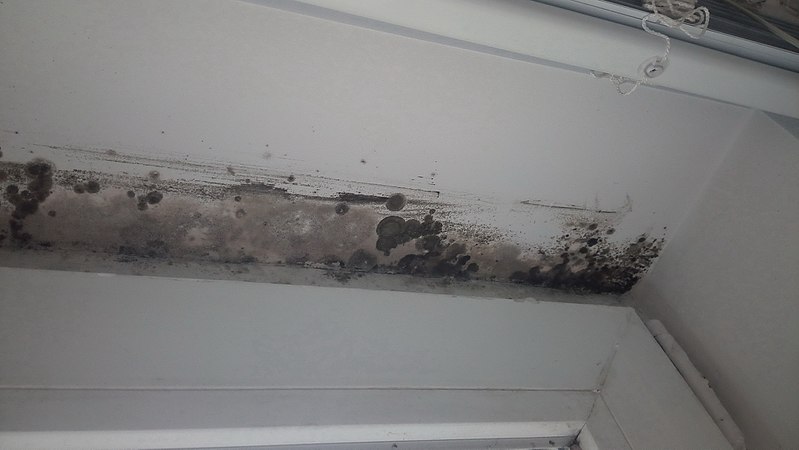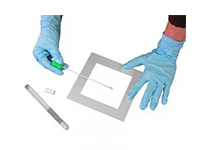Air Sampling Solutions for Mould Detection
Air Sampling is a good source of background screening to ensure there isn’t a large source of mould in the building which is not identified. When taken in controlled conditions and properly analysed by a laboratory, air samples for mould are helpful in comparing relative particle levels between a problem and control area.
Nanozen DustCount 9000
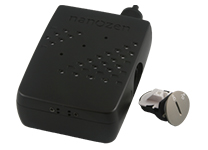
A lightweight, real-time personal dust monitor with Optical Particle Counter. Utilising Optical Particle Counter (OPC) technology, users will be able to achieve gives real-time particle count and particle size distribution data.
Download the Nanozen Dust Count 9000 BrochureBioStage Single-Stage Viable Bioaerosol Impactor

The BioStage single-stage cascade impactor operates on the principle of inertial impaction and meets NIOSH and ACGIH recommendations for sampling indoor and outdoor air for viable microorganisms, including bacteria, and fungi.
Download the BioStage Impactors Spec SheetVersaTrap Spore Trap Cassette
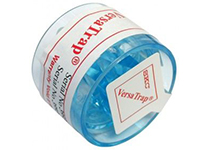
VersaTrap spore trap cassettes provide the sampling versatility you need to capture mould spores and other particles ranging from 1.5 to 3.9 µm.
Download the VersaTrap Spec SheetSurface Sampling Solutions for Mould Detection
Surface sampling is conducted to confirm the presence or absence of microbial growth on test surfaces. It can help determine if the microbial levels in the test areas are greater than the background levels.
Stick-to-it Lift Tape
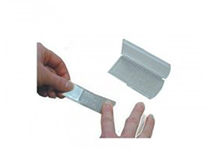 Stick-to-it Specifications
Stick-to-it SpecificationsMicrovacuum Cassettes for Surface Sampling
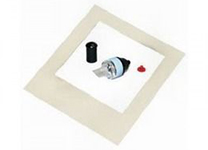
Meets NIOSH and ACGIH recommendations for sampling inndoor and outdoor air for viable microorganisms.
Download the Carpet Sampling Cassette Kit Operating InstructionsSterile Surface Swab Kit
The Surface Swab Kit is ideal for determining the relative degree and type of biological contamination in an area. This non-destructive method can be used safely on most surfaces and is ideal for irregular surfaces such as air return grills
Download the Surface Swab Kit Data SheetMould Sampling Resources
Here are some resources you might find useful
Air & Surface Sampling Solutions for Detecting Mould Growth after a Flood
